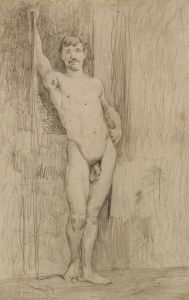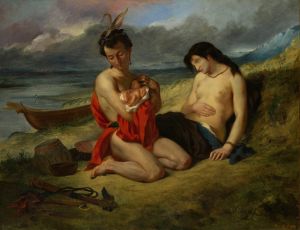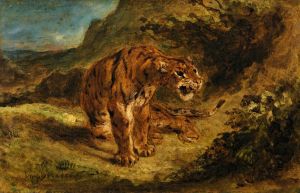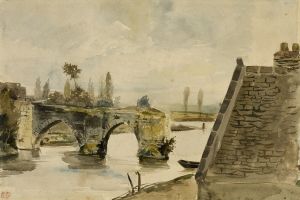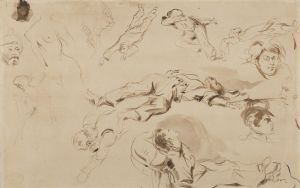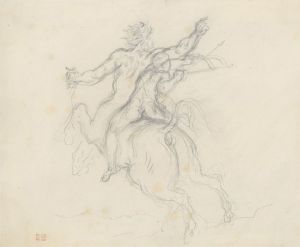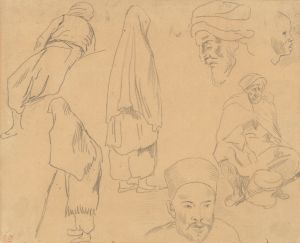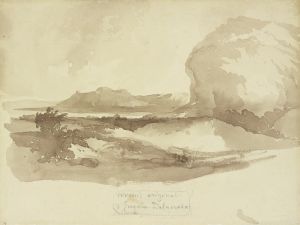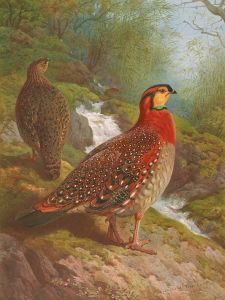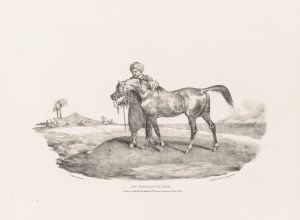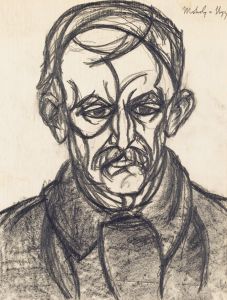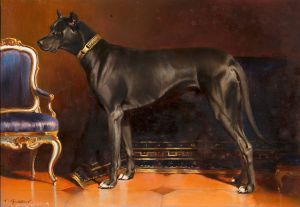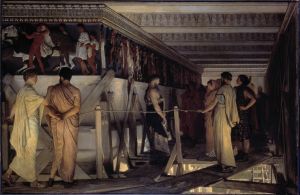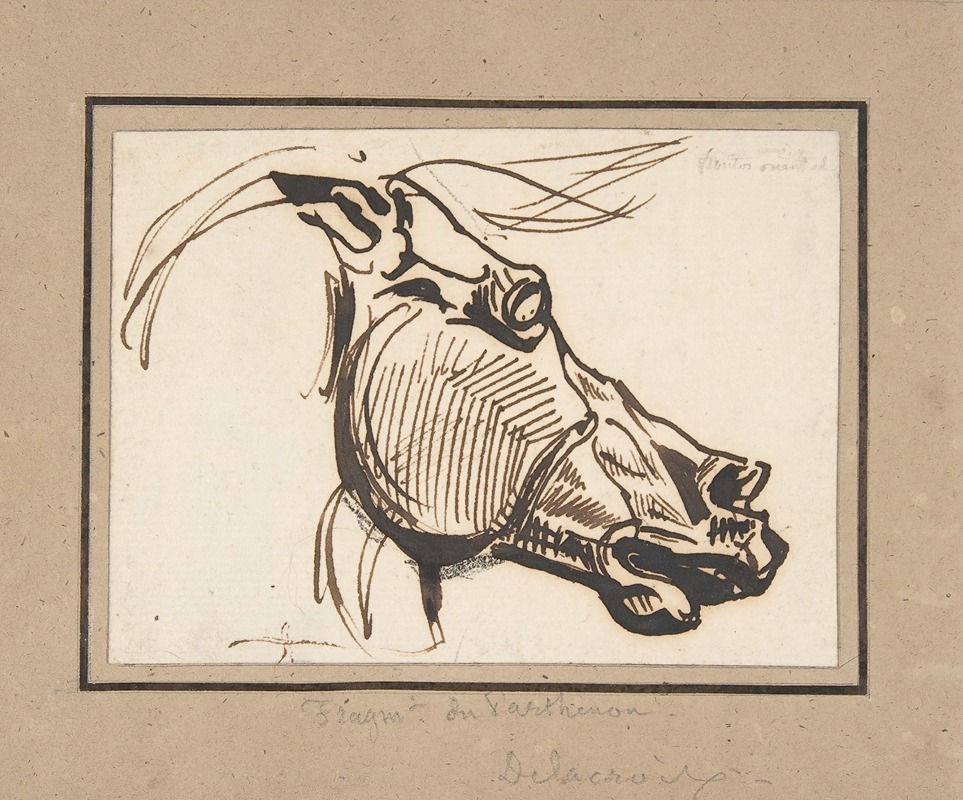
Head of a Horse, after the Parthenon
A hand-painted replica of Eugène Delacroix’s masterpiece Head of a Horse, after the Parthenon, meticulously crafted by professional artists to capture the true essence of the original. Each piece is created with museum-quality canvas and rare mineral pigments, carefully painted by experienced artists with delicate brushstrokes and rich, layered colors to perfectly recreate the texture of the original artwork. Unlike machine-printed reproductions, this hand-painted version brings the painting to life, infused with the artist’s emotions and skill in every stroke. Whether for personal collection or home decoration, it instantly elevates the artistic atmosphere of any space.
"Head of a Horse, after the Parthenon" is a painting by the renowned French artist Eugène Delacroix. Delacroix, a leading figure of the Romantic movement in art, is celebrated for his expressive brushwork and his fascination with historical and exotic subjects. This particular work reflects his interest in classical antiquity and his admiration for the art of ancient Greece.
The painting is inspired by the sculptures of the Parthenon, specifically the horse heads from the Parthenon frieze, which were originally part of the Elgin Marbles. These sculptures were created in the 5th century BCE under the direction of the Athenian sculptor Phidias and adorned the Parthenon temple on the Acropolis of Athens. The Elgin Marbles were brought to Britain in the early 19th century by Thomas Bruce, the 7th Earl of Elgin, and have been housed in the British Museum since then.
Delacroix's "Head of a Horse" captures the dynamic and lifelike qualities of the original sculptures. The painting showcases Delacroix's skill in rendering the anatomy and spirit of the horse, a subject that fascinated him throughout his career. His interpretation is marked by vigorous brushstrokes and a keen attention to detail, which convey the vitality and power of the animal.
The work is a testament to Delacroix's study of classical art and his ability to reinterpret it through the lens of Romanticism. By engaging with the Parthenon sculptures, Delacroix not only paid homage to the artistic achievements of ancient Greece but also explored themes of movement, emotion, and the sublime, which were central to the Romantic ethos.
Delacroix's interest in the Parthenon sculptures was part of a broader 19th-century European fascination with Greek art and culture, which was fueled by archaeological discoveries and the growing accessibility of ancient artifacts. This interest was also reflected in the works of other artists and writers of the time, who sought to capture the spirit of antiquity in their own creations.
"Head of a Horse, after the Parthenon" is an example of how Delacroix drew inspiration from a wide range of sources, blending elements of classical art with his own innovative style. His ability to synthesize different influences and create something uniquely his own is one of the reasons he is considered a master of Romantic art.
The painting is part of a larger body of work in which Delacroix explored themes from classical mythology and history, demonstrating his deep appreciation for the art and culture of the ancient world. Through works like this, Delacroix contributed to the revival of interest in classical antiquity that characterized much of 19th-century European art and thought.
Today, "Head of a Horse, after the Parthenon" is appreciated not only for its technical excellence but also for its role in the dialogue between past and present, illustrating how artists like Delacroix engaged with the legacy of ancient Greece to create new and compelling works of art.






